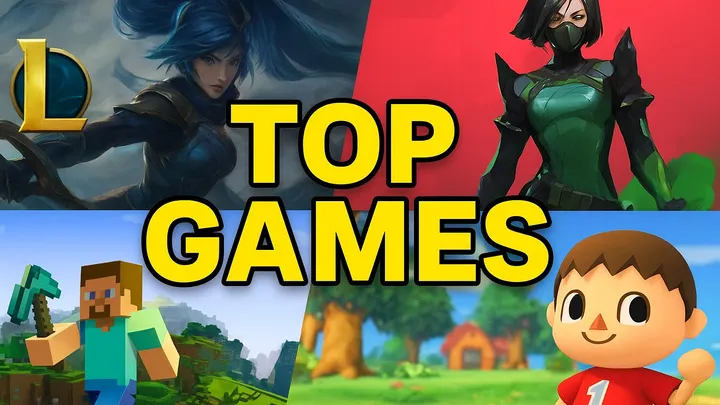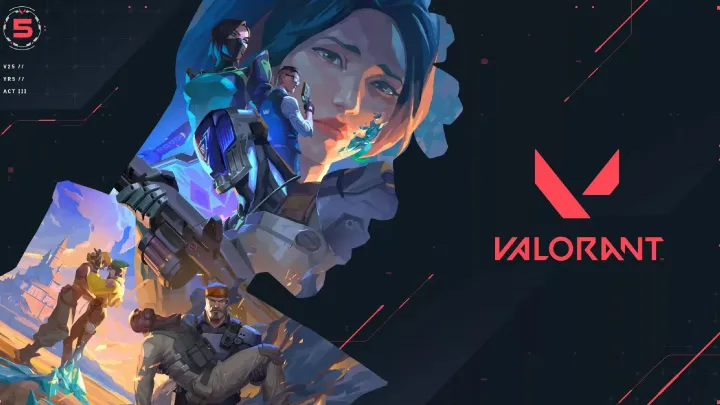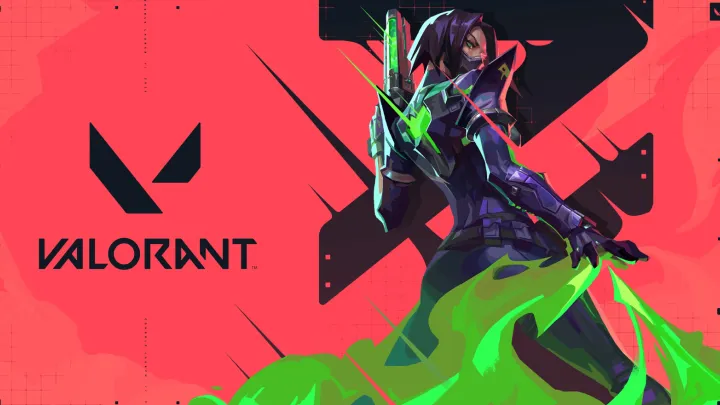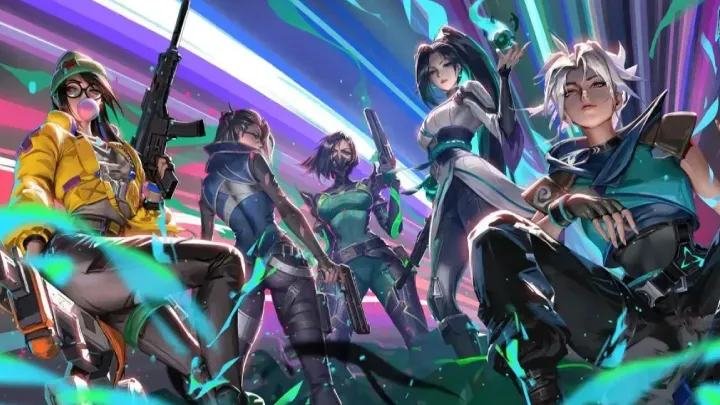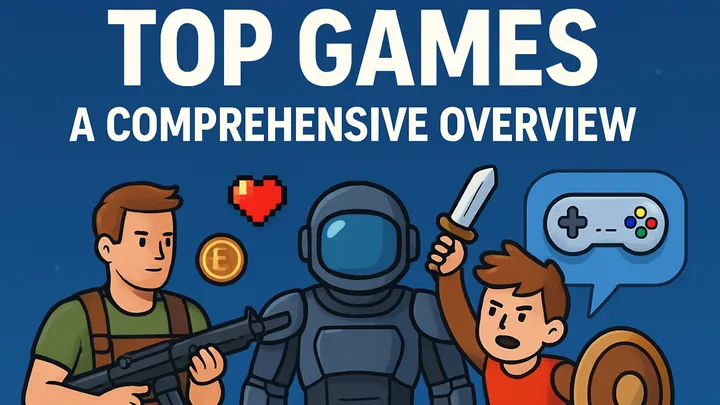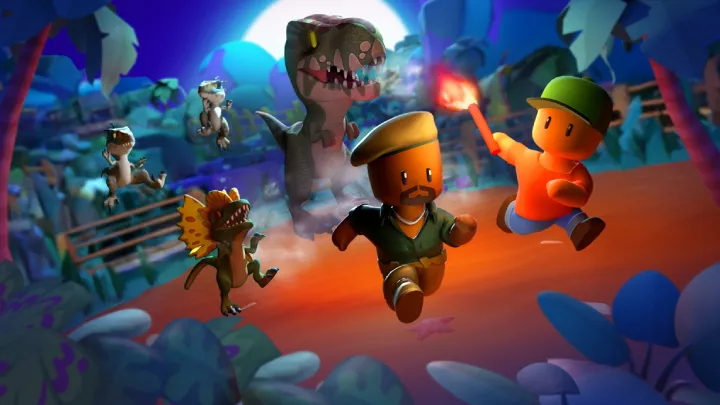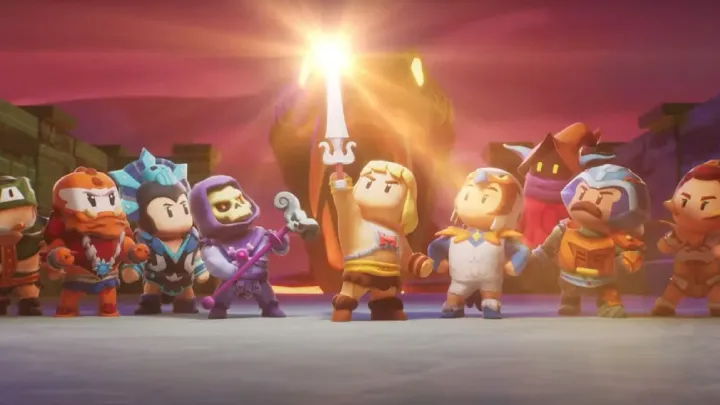Few gaming studios command the level of respect, recognition, and cultural influence that Rockstar Games enjoys today. Since its founding in the late 1990s, Rockstar has consistently pushed the boundaries of interactive entertainment, challenging what video games can achieve both artistically and commercially. Their titles are not just releases—they’re events. Every new game sparks conversation, headlines, and sometimes controversy, but always innovation.
At the heart of Rockstar’s design philosophy is immersion. Whether it’s riding through the desolate prairies of the Old West, getting lost in a neon-lit Liberty City street corner, or pulling off elaborate heists in Los Santos, players are not merely observers but participants in living, breathing worlds. This article dives deep into Rockstar’s five most iconic titles, exploring what made them revolutionary, how they shaped gaming culture, and why they remain beloved years—even decades—after release.
1. Grand Theft Auto V (2013): The Pinnacle of Open-World Design
When Rockstar released Grand Theft Auto V in 2013, it didn’t just expand upon its predecessors—it redefined what was possible in open-world gaming. More than ten years later, the game continues to dominate charts, proving its staying power across multiple console generations and PC.

Development and Ambition
Rockstar North spearheaded development, with a budget estimated at over $250 million, making it one of the most expensive games ever created at the time. The ambition was clear: create the most expansive, detailed, and varied open world to date. Los Santos, inspired by Los Angeles and its surrounding counties, offered everything from sun-soaked beaches and bustling freeways to deserts, mountains, and even an ocean floor to explore.
What Set It Apart
- Three-Protagonist System: For the first time, players could seamlessly switch between three main characters—Michael, Franklin, and Trevor. This mechanic not only offered variety in missions but allowed for storytelling from multiple perspectives.
- Living Ecosystem: Side activities included golf, tennis, stock trading, scuba diving, hunting, and even yoga. This level of detail transformed Los Santos from a backdrop into a living, breathing playground.
- Grand Theft Auto Online: Initially criticized for technical issues, GTA Online evolved into a juggernaut, continually updated with heists, businesses, races, and roleplaying communities.
Critical Reception and Legacy
GTA V received universal acclaim, with a Metacritic score in the high 90s. Critics praised its scale, detail, and narrative ambition. Commercially, it shattered records, earning $1 billion in just three days. Its cultural impact has been just as massive, influencing countless memes, YouTube series, and even online subcultures.
Today, GTA V is not only Rockstar’s crown jewel but also a cultural phenomenon, setting the stage for the highly anticipated GTA VI.
2. Red Dead Redemption 2 (2018): A Cinematic Masterpiece
If GTA V represents Rockstar at its most playful and satirical, Red Dead Redemption 2 reflects the studio’s most cinematic and emotional work. Released in 2018, it quickly became recognized as one of the greatest video games ever made, blending meticulous realism with one of the most gripping narratives in gaming.

Development and Vision
Rockstar invested nearly eight years into developing RDR2, with thousands of employees contributing globally. The result was an unprecedented level of realism: wildlife ecosystems, weather systems, NPC routines, and even small details like Arthur Morgan cleaning his guns or growing a beard over time.
What Made It Special
- Narrative Depth: Following Arthur Morgan, a senior member of the Van der Linde gang, players experienced a story of loyalty, morality, and survival in a world where the outlaw era was ending.
- Player Agency: Choices shaped Arthur’s honor, affecting how NPCs reacted and altering the game’s ending.
- Unparalleled Realism: The world was dynamic, with townsfolk recognizing Arthur, animals behaving naturally, and environments changing with weather and seasons.
Reception and Cultural Impact
Critics hailed it as a masterpiece of storytelling. Its emotional weight, especially Arthur’s arc, resonated with millions. RDR2 has sold over 60 million copies, securing its place as not just a game but a work of art in digital storytelling.
The game also highlighted Rockstar’s ability to adapt—from satirical urban chaos to poetic, slow-burn western tragedy—without losing immersion or player engagement.
3. Grand Theft Auto: San Andreas (2004): The Revolutionary Sandbox
Before GTA V’s global dominance, Rockstar shocked the world with Grand Theft Auto: San Andreas, a game that redefined the scope of open-world design in the PlayStation 2 era.
Cultural Snapshot of the 1990s
Set in the fictional state of San Andreas (inspired by California and Nevada), the game followed Carl “CJ” Johnson as he returned home to Los Santos after his mother’s death. From there, CJ navigated gang wars, corrupt officials, and personal struggles, embodying themes drawn from 1990s West Coast hip-hop culture.
What Made It Revolutionary
- Unprecedented Scale: Three cities—Los Santos, San Fierro, and Las Venturas—created a massive map filled with distinct cultures, challenges, and side activities.
- Customization and Roleplay: Players could modify CJ’s physique by eating, exercising, or visiting the gym. Clothing, tattoos, and haircuts allowed for a level of self-expression rare for its time.
- Activities Beyond Missions: From gambling in Las Venturas to customizing vehicles and building gang territories, San Andreas offered endless replayability.
Legacy
San Andreas became a cultural phenomenon, quoted in memes, music, and popular culture. Its soundtrack, mission design, and open-world systems influenced an entire generation of developers. Even today, many consider it the most fun and diverse GTA ever made.
4. Grand Theft Auto IV (2008): Grit, Realism, and the American Dream
With the leap to the Xbox 360 and PS3 generation, Rockstar delivered Grand Theft Auto IV, an ambitious and gritty reinvention of Liberty City.
The Shift in Tone
Unlike the colorful chaos of San Andreas, GTA IV embraced a darker, more mature tone. Players took on the role of Niko Bellic, an Eastern European immigrant seeking a fresh start in America. The narrative explored themes of betrayal, survival, and the disillusionment of the American Dream.
Innovations and Features
- Realistic Physics: Thanks to the Euphoria engine, combat, driving, and character animations felt weightier and more realistic.
- Complex Relationships: Niko’s choices, including how he treated friends and allies, shaped aspects of the narrative.
- Living Liberty City: The city itself felt alive, with cab rides, talk radio, random crimes, and a density never before seen in open-world games.
Reception and Impact
Critically acclaimed for its narrative ambition, GTA IV won multiple Game of the Year awards. Some fans missed the over-the-top fun of San Andreas, but others praised its maturity and realism. It set the stage for the hybrid balance of tone and freedom that GTA V later perfected.
5. Bully (2006): Rockstar’s Hidden Gem
While overshadowed by GTA and Red Dead, Bully showcased Rockstar’s ability to innovate beyond crime dramas and create something truly unique.

A New Kind of Sandbox
Set in the fictional Bullworth Academy, players controlled Jimmy Hopkins, a rebellious teenager navigating high school cliques, bullies, and authority figures.
Unique Gameplay Systems
- School Life Simulation: Attending classes unlocked abilities—chemistry offered stink bombs, while English improved Jimmy’s persuasive dialogue options.
- Social Hierarchies: Players had to deal with jocks, nerds, greasers, and preppies, each with their own dynamics.
- Playful Tone: Unlike GTA, Bully replaced guns with slingshots and pranks, offering a lighter yet still rebellious experience.
Legacy and Cult Following
Though controversial at launch, Bully won praise for its originality and charm. Over time, it gained cult classic status, with fans still campaigning for a sequel. It remains one of Rockstar’s most daring and creative titles.
Conclusion
Rockstar Games has consistently redefined what players expect from video games. From the sprawling satire of Grand Theft Auto V to the emotional gravitas of Red Dead Redemption 2, and the groundbreaking freedom of San Andreas, their titles transcend entertainment to become cultural touchstones. Even lesser-known gems like Bully prove Rockstar’s versatility and creativity.
These five games represent milestones in gaming history, not just for their technical achievements but for how they’ve shaped conversations about art, storytelling, and culture. As players eagerly await Grand Theft Auto VI, Rockstar’s legacy remains firmly cemented: they are not just making games—they are creating experiences that define eras.









